Let’s begin by going back to that first spark, the place where our collective love of theatre and storytelling stems from. I/Porsche remember the first time I touched a light board. I moved a slider up and the stage changed. I felt agency and power, which, as a thirteen-year-old, I hadn’t felt before; it was like I was coming home. I/Kate remember the sense of wonder when I first turned a camera towards a performer standing in front of a projector beam. As they danced with their own image, it replicated into the void of the wall, their movement multiplied to infinity. I was hooked, this was real magic.
What was it for you? Let’s start from there. That feeling of wonder and love that brought you to the theatre in the first place.
A lot has changed since February 2021, when the first week of this series, Design (in a Time of Reckoning), was published, where we uplifted the work of the design community, both on stage and off. This time, we’re examining how that work is done. Six months later the landscape of our industry has completely shifted. In-person productions are on the horizon, with many outdoor productions in full swing and a full-on return to Broadway on the horizon. Many people are getting back to a more familiar way of working.
With this return comes many questions. What will happen to all the designers who were called to advocate for social justice and racial equity during the pandemic? Will theatres embrace the values and policies they have been preaching? Who is going to hold the field accountable?
The truth is, we will likely lose a lot of the newly activated folx as people go back to work full-time. Many theatres will continue with their scarcity models, using the pandemic as an excuse not to shift. It’s already happening. But this narrative doesn’t have to be everyone’s and it doesn’t have to be our future. Many of us will continue this fight and many institutions are embracing new practices. And maybe, just maybe, there has been enough movement to shift the path forward, even if most of the people on that path are only picking up pebbles.
With this return comes many questions. What will happen to all the designers who were called to advocate for social justice and racial equity during the pandemic? Will theatres embrace the values and policies they have been preaching? Who is going to hold the field accountable?
With this second week of the Design (in a Time of Reckoning) series, we’re asking specific questions. How do we continue seeding change and shifting the field towards equity? What are simple and immediate strategies that theatremakers can integrate into their practices that will have lasting impact? Where do designers have agency and how can we hold ourselves and each other accountable? Can we each find our position in the greater theatre ecosystem and care for it holistically?
Over the course of this week, we have invited seven designers—Calvin Anderson, Genevieve Beller, Elsa Hiltner, Lindsay Jones, Sherrice Mojgani, Clint Ramos, and Amber Whatley—to engage in discussions around their strategies for change and the impact of their work. Each strategy approaches advocacy from a different starting point, but they each help create a fuller, more humane way to think about theatrical design and designers. The series concludes with a TV event bringing together three other designer facilitators—Alexis Chaney, Margaret Toomey, Jesse Portillo—in conversation with the two of us to discuss how to turn analysis into action through embodied practice.
In her speech introducing the performers of Native Nations at the 2020 virtual Theatre Communications Group conference, Larissa FastHorse called theatremakers to action saying, “Whatever liberation we strive for now will fail as long as we continue to ignore the fact that this foundation is rotten through and through.” Not only does the entire theatre industrial complex need to be dismantled, but that foundation needs to be pulled up by us all. Instead of building up another structure, perhaps we need to cultivate a diverse ecosystem. For that to grow and be sustained we must start by caring for the soil.


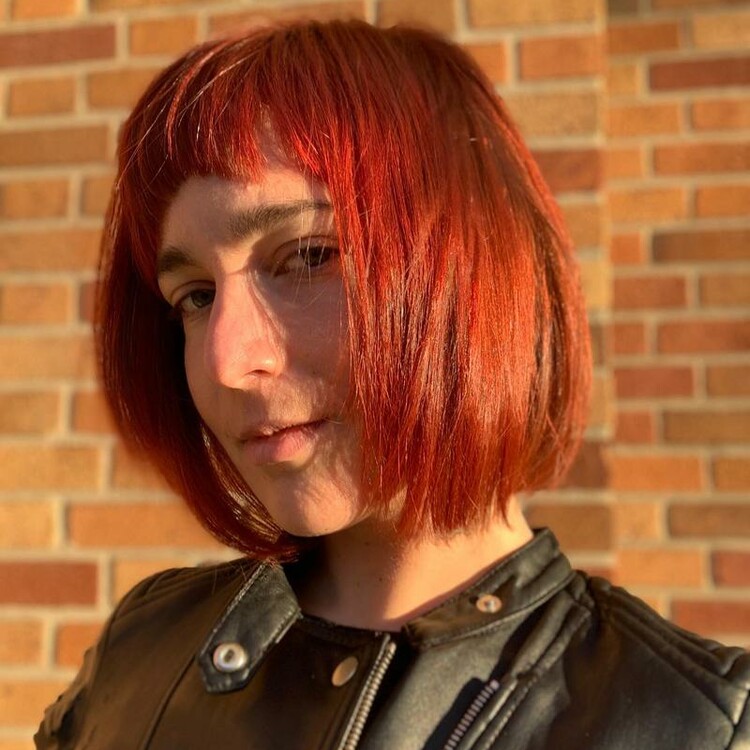

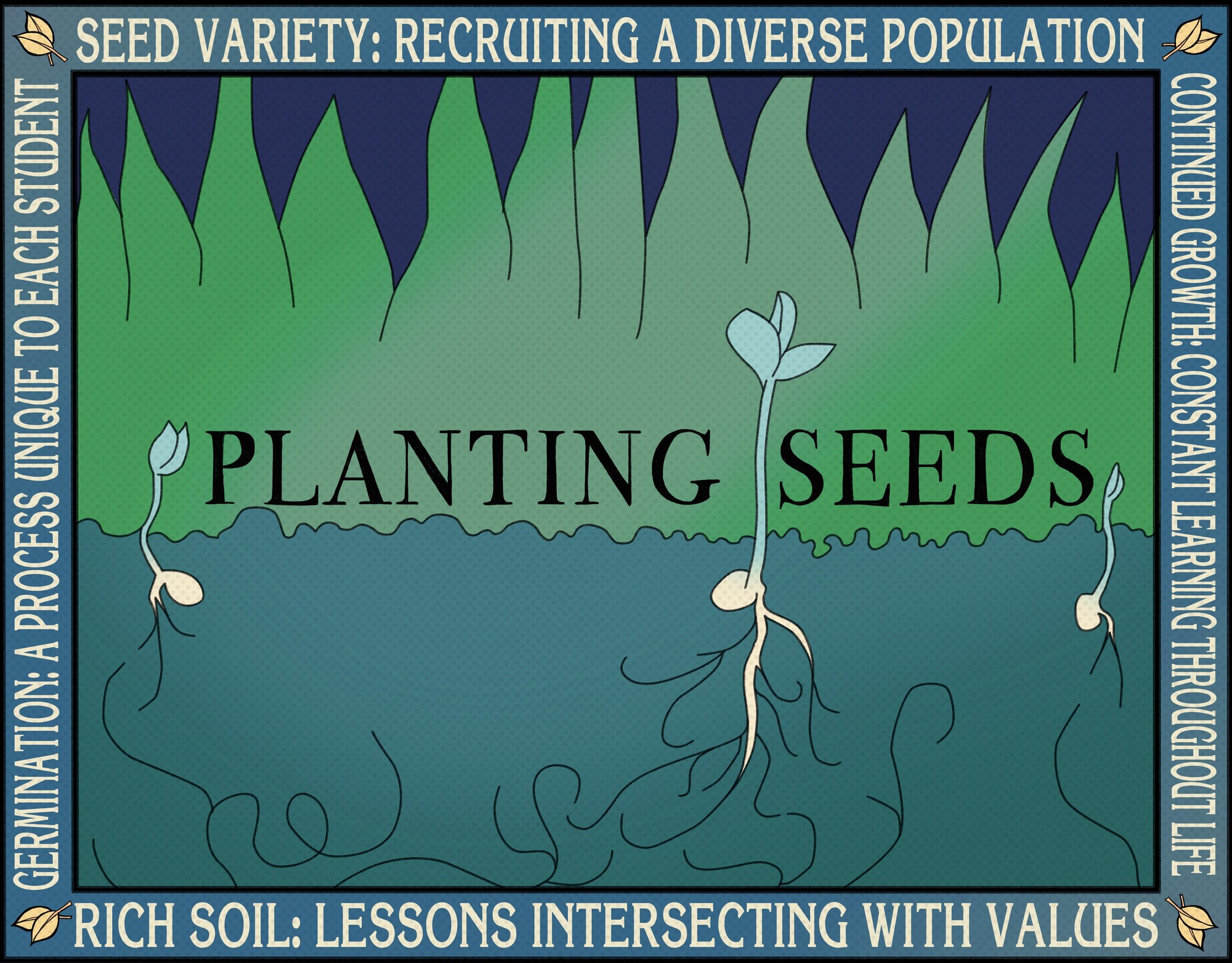
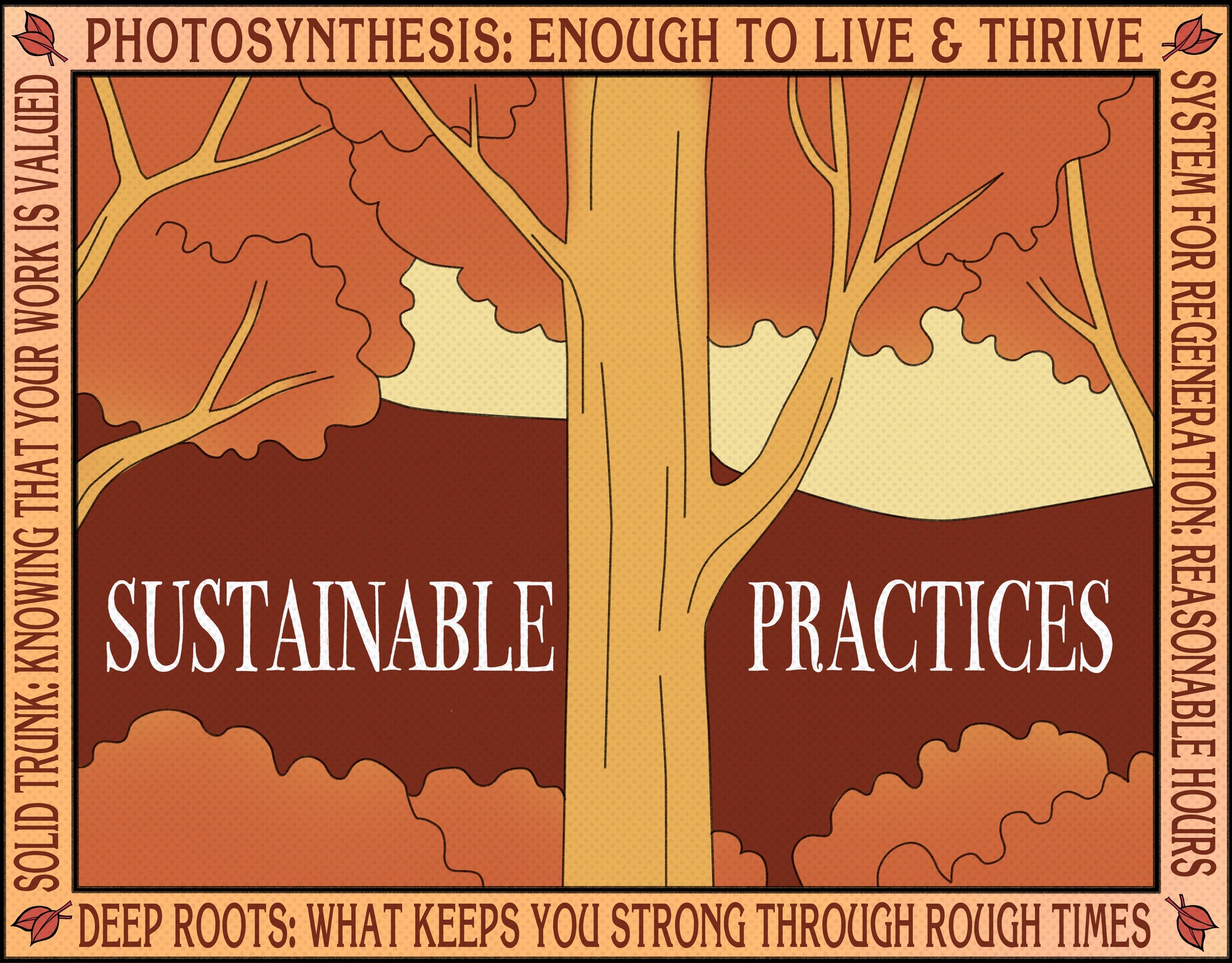
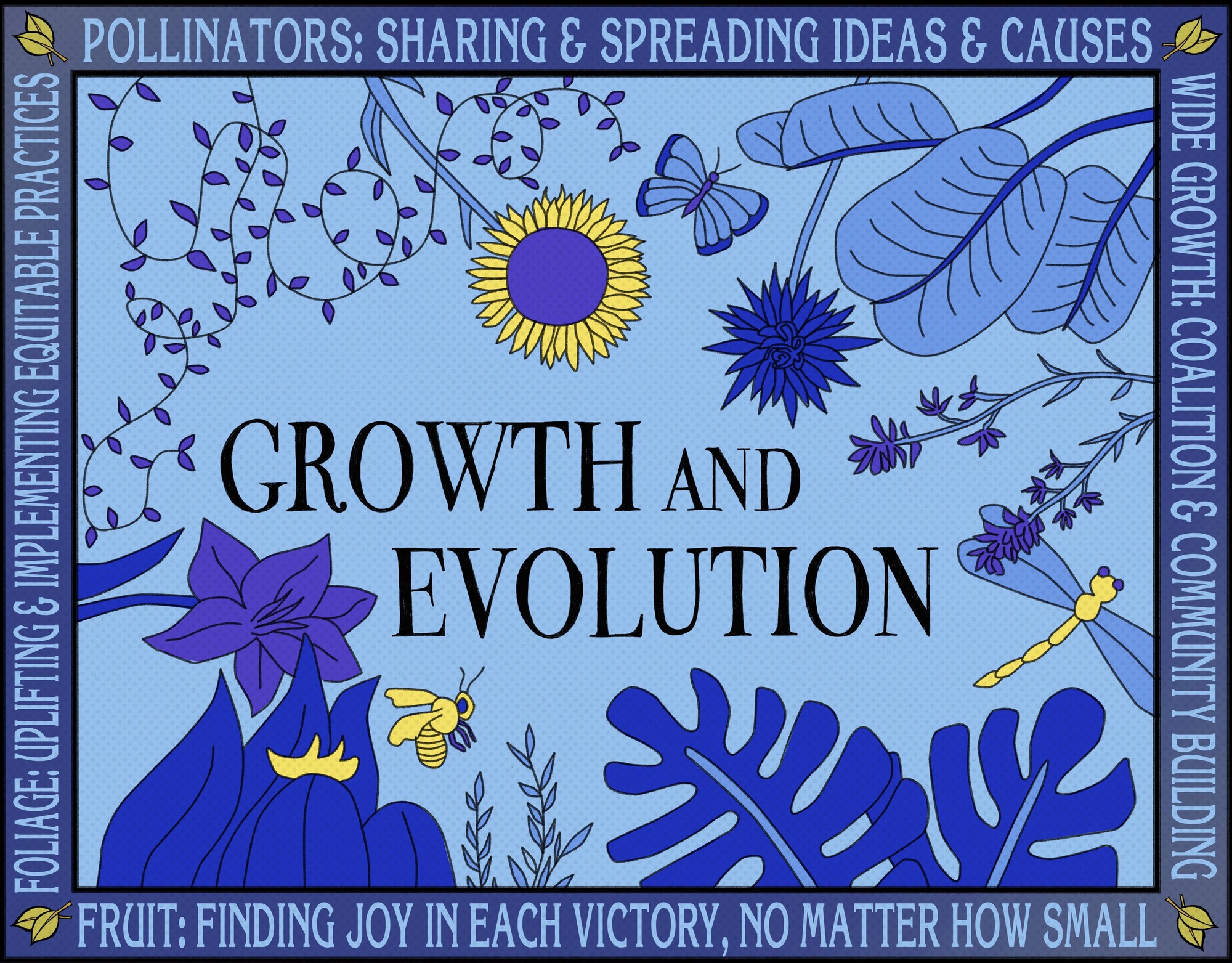
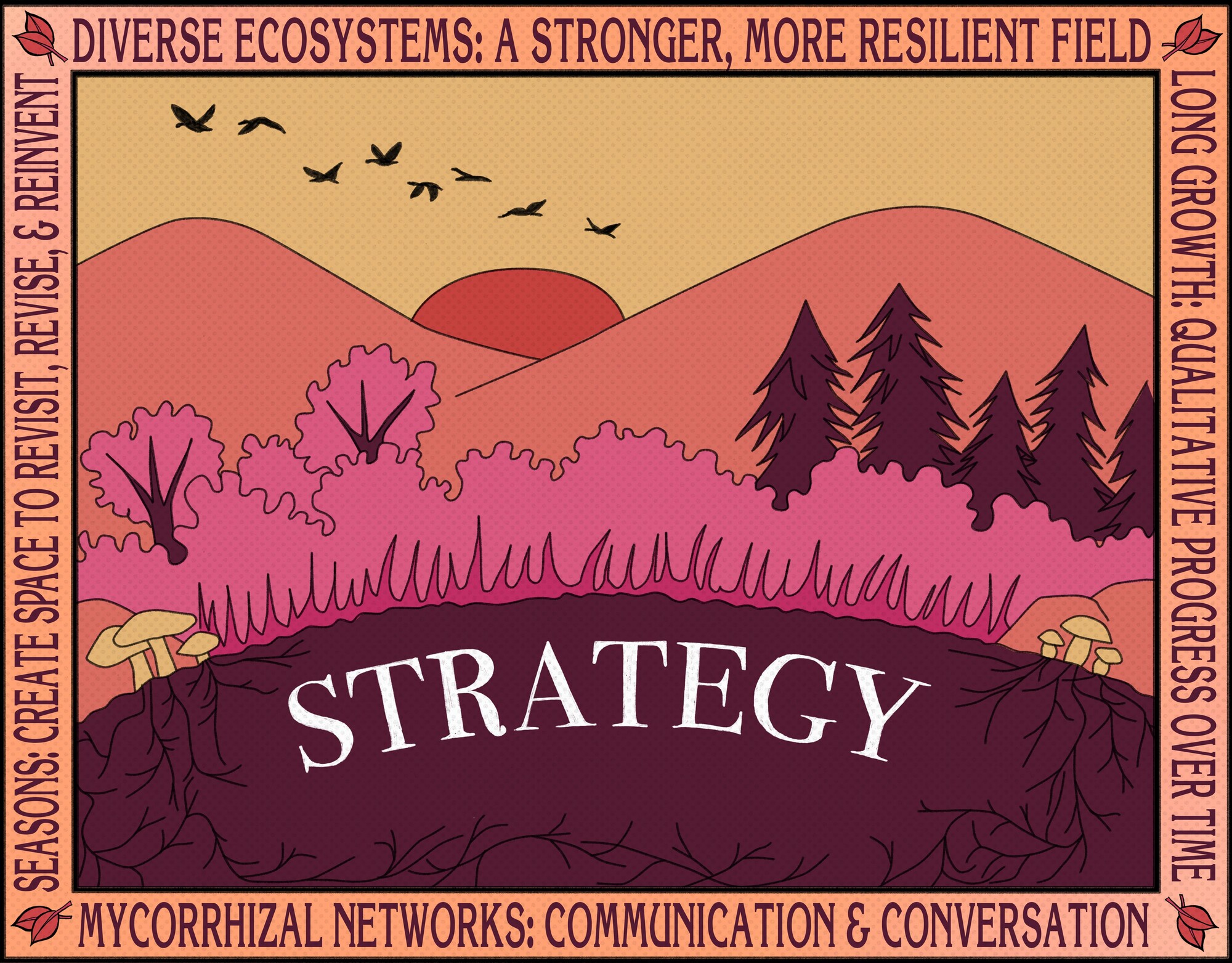
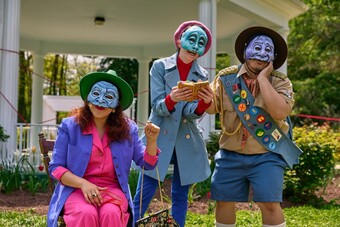



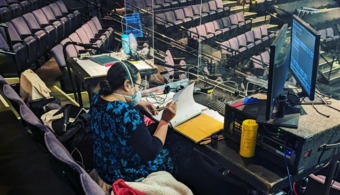

Comments
The article is just the start of the conversation—we want to know what you think about this subject, too! HowlRound is a space for knowledge-sharing, and we welcome spirited, thoughtful, and on-topic dialogue. Find our full comments policy here